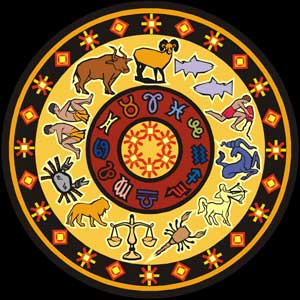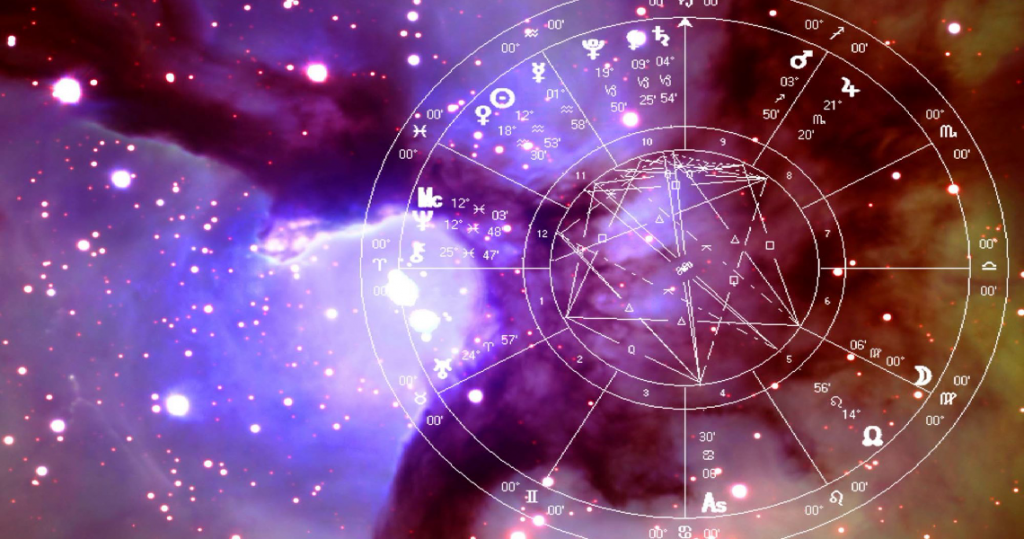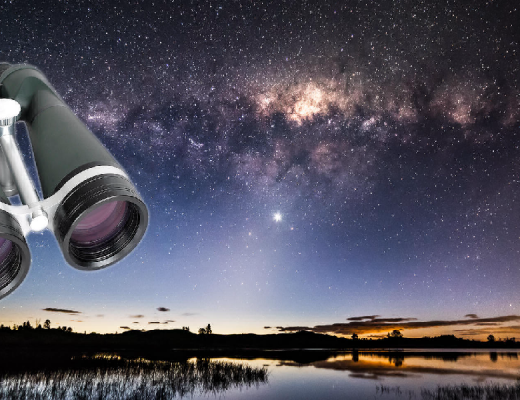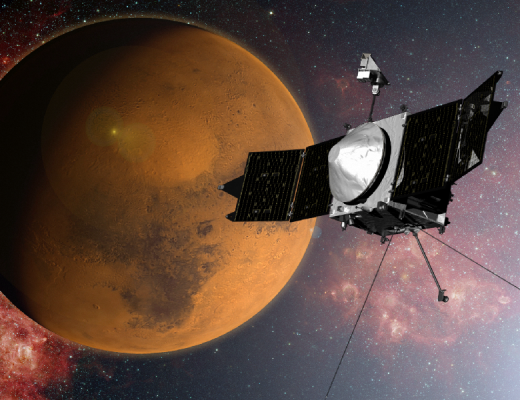Soothsaying is the investigation of the relationship between the relative places of certain divine bodies and life here on earth. Since the word crystal gazing originates from the Greek words astron, signifying “star” and logos, signifying ‘word’, we can actually make an interpretation of soothsaying to mean the dialect of the stars; a dialect and practice that has created over a large number of years by various societies around the globe since its soonest recorded beginnings in the third thousand years BC.
Indian or Jyotish The establishment of Jyotisha depends on the Sanskrit band of the Vedas which portrays the authoritative between the internal and external world. Likewise, with Western Crystal gazing, Jyotisha depends on the association between the microcosm and the universe. The microcosm is life on earth, while the cosmos is the universe.
The History Of Crystal Gazing
In spite of the fact that the terms crystal gazing and space science have for some time been synonymous with each other, soothsaying originates before both cosmology and brain research. The most punctual known mysterious records can be followed to Babylon as far back as 1645 BC. In any case, the historical backdrop of soothsaying doesn’t tail one specific timetable, yet rather three free branches we allude to as Western crystal gazing, Indian or Jyotish soothsaying and Chinese or East Asian soothsaying.
In Chinese, like Western and Indian Soothsaying, Chinese crystal gazing is accepted to have started in China in the third thousand years. Like Hermetic law, “as above, so underneath,” Confucius said, “Paradise sends down its great or underhandedness images, and astute men act as needs are.” Crystal gazing in China later got to be distinctly joined with the Chinese practice known as Feng shui.
In western, the investigation of Western soothsaying was accepted to be initially drilled among the antiquated Babylonians in the third thousand years B.C. Babylonians trusted that the Divine beings were in charge of all air marvels, for example, rain and daylight. Egypt additionally has an imperative place in visionary history. Star diagrams going back to 4,200 B.C. demonstrate Egypt has an antiquated history with crystal gazing. Indeed, even the pyramids are situated towards the North Post of the sky as they served as mysterious adding machines and internment places for celestially disapproved of pharaohs. Truth be told, Rameses II is regularly credited with settling the places of the cardinal signs Aries, Tumor, Libra, and Capricorn. Some zodiac signs are even said to be Egyptian in inception, including Aries, and Leo.

As Europeans turned out to be more educated, different periodicals and chronological registries started distributing mysterious data. Prominent creators included Galileo and Copernicus, who were both rehearsing stargazers and organizers of the cutting edge logical development. Be that as it may, the most mainstream crystal gazing turned into, the more investigated it was. What’s more, when major visionary expectations neglected to work out as expected, soothsaying dropped out of support.
It wasn’t until some other time with the introduction of Princess Margaret in 1930 that Crystal gazing encountered a restoration. To recognize her introduction to the world, the English daily paper, London Sunday Express, ran the princess’ visionary profile, in this way bringing forth the advanced daily paper horoscope section.
Created in Greek Egypt, Horoscopic Crystal gazing utilizes a visual representation of the sky called a horoscope, got from the Greek word, horoscopes, signifying “a gander at the hours.” This visual representation more often than not appears as a graph or chart (underneath) that speaks to the places of the Sun, Moon, planets, the mysterious perspectives, and points at the season of a specific occasion, for example, a man’s introduction to the world.
Horoscopic Crystal gazing is isolated into the four fundamental branches of Natal, Everyday, Electional and Horary.
1. Natal Crystal gazing is the most ordinarily honed type of Horoscopic Soothsaying and is based upon the possibility that every individual’s identity or the way in life can be dictated by building a natal outline for the correct date, time, and area of a man’s introduction to the world.
2. Unremarkable Soothsaying is a standout amongst the eldest types of crystal gazing and takes its name from the Roman word Mundus, signifying “the World.” Unremarkable Soothsaying is based upon the possibility that a relationship exists amongst people and world occasions, world undertakings (wars, deaths, and so forth.) and even topographical marvels, for example, seismic tremors.
3. Electional Crystal gazing is the act of deciding an individual’s mysterious profile to decide how and when he or she ought to share in a specific undertaking or occasion, for example, opening a business.
4. Horary crystal gazing is the practice in which the soothsayer endeavors to answer an individual’s particular question by developing a horoscope fixated on that particular question. For instance, “Am I going to get an advancement at work?”




